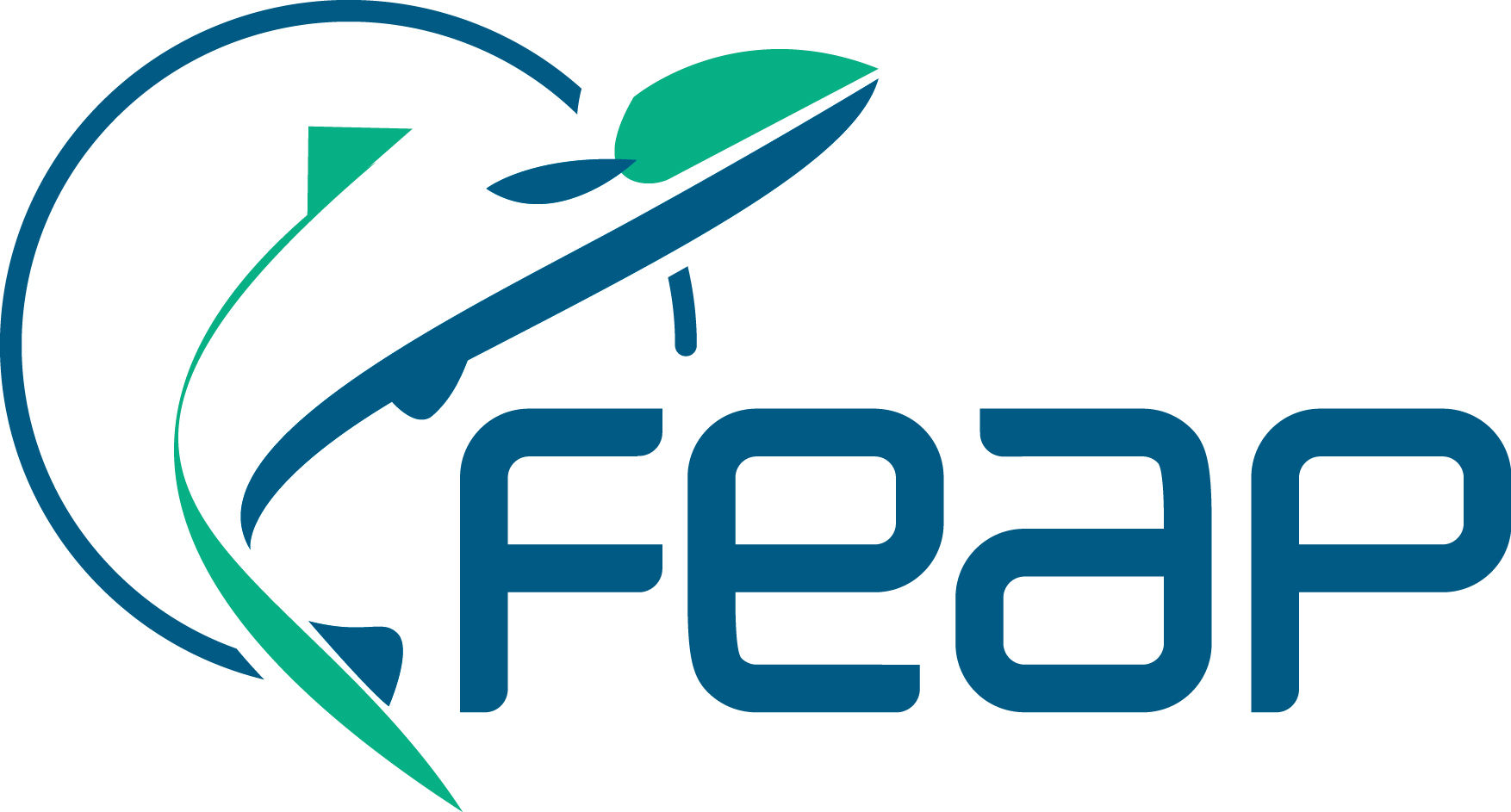OVERALL
The statutory objectives of the FEAP are to obtain consensus on positions, opinions and actions that affect the aquaculture profession. The issues that affect sectoral development are numerous and varied, ranging from the development and application of legislation, product positions within the largest seafood market in the work which remains dominated by imports, biological and technical developments in the aquaculture process, not forgetting the predicted effects of climate change. Placing aquaculture firmly within the objectives of the Food2030 and Blue Growth strategies is evident to be able to contribute to the objectives of food nutrition and security, while creating jobs and contributing to local economies.
The challenges are many but the FEAP, its Member Associations and the aquaculture professionals are committed to the long term sustainable development of the activity and its success within society.
Blue Economy
The European Green Deal and the Recovery Plan for Europe will define the European economy for many years, or even decades. And the EU’s blue economy is fundamental to both efforts. Not only should the blue economy adhere, like every other sector, to the European Green Deal. It is also indispensable to meet the EU’s environmental and climate objectives. After all, the ocean is the main climate regulator we have. It offers clean energy and sustains us with oxygen, food, and many critical resources. There just can’t be green without blue.
To fully embed the blue economy into the Green Deal and the recovery strategy, the Commission has adopted a new approach for a sustainable blue economy in the EU.
The Farm to Fork strategy : A healthier and more sustainable EU food system is a cornerstone of the European Green Deal
European Parliament
The European Parliament took a position on aquaculture in 2010, and subsequently in 2013-2014 when reforming the CFP.
The Committee on Fisheries has reviewed the situation of aquaculture and has prepared its own-initiative report ‘Towards a sustainable and competitive European Aquaculture sector: current status and future challenges’ (2017/2118(INI); rapporteur Carlos Iturgaiz, EPP, Spain).
Level Playing Field
The key challenge for European aquaculture today is to achieve sustainable growth and restore predictable profitability.
To be able to grow, we have to be profitable so as to be able to invest. Profitability is only possible if we can be competitive with imports from third countries, now accounting for more than 65% of our seafood supply.
However, European legislation, production conditions, buying practices and consumer attitudes are strangling the growth potential of European aquaculture.
The strict European rules should also be transposed to imported products so there is a real level playing field.
Multiannual national Aquaculture plans
In 2013, the new Common Fisheries Policy introduced the Open Method of Coordination for the sustainable development of aquaculture. This method aims at spreading best practice and at giving practical answers to common challenges identified by Member States and stakeholders.
In 2014-2015, Member States developed Multiannual National Strategic Plans for the promotion of sustainable aquaculture. In these plans, Member States address the four priorities identified in the Strategic Guidelines for the sustainable development of EU aquaculture and proposed concrete actions to address them.
On the 12th May 2021 were adopted the Strategic guidelines for a more sustainable and competitive EU aquaculture for the period 2021 to 2030
EU DOCUMENTS
- Strategic guidelines for a more sustainable and competitive EU aquaculture for the period 2021 to 2030
- EU aquaculture, an economic analysis
- Full EP report available
- Strategic guidelines for the sustainable development of EU aquaculture (2013-2020)
- Summary of the 27 Multiannual National Aquaculture Plans:
FEAP POSITIONS
2021
- FEAP Position on assuring aquaculture system neutrality by policy makers
- FEAP Position on the EC’s Communication on the Strategic guidelines for a more sustainable and competitive EU aquaculture
- FEAP Position on the EC’s Communication on Transforming the EU’s Blue Economy for a Sustainable Future
2020
- FEAP Position Paper on the proposal for a EC communication on a new approach for a Sustainable Blue Economy in the EU
- FEAP Position Paper on the implementation of the FARM TO FORK Strategy
2019
- FEAP Vision document November 2019 : Aquaculture is the solution
2018
- Joint Declaration on future support of freshwater aquaculture in the EU after 2020
2016
- FEAP Position on Licensing and Permit procedures
2015
- Vodnany declaration and resolution on freshwater pond aquaculture, prepared at the 3rd International Carp Conference, September 2015. Vodnany, Czech Republic


